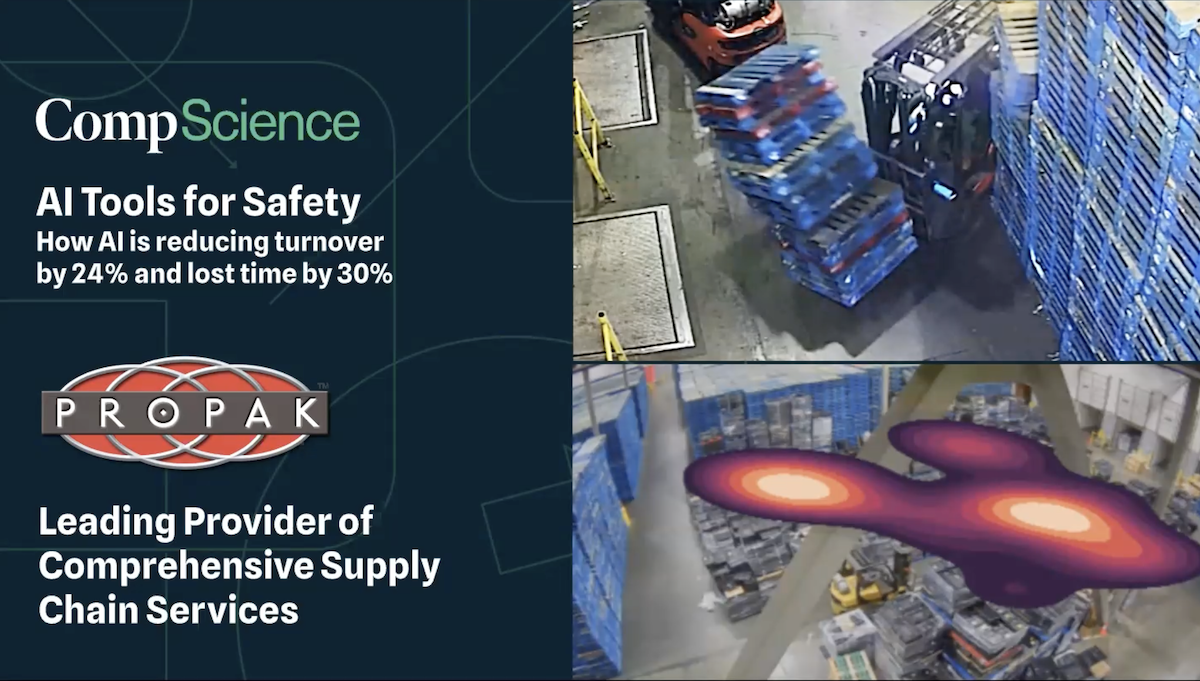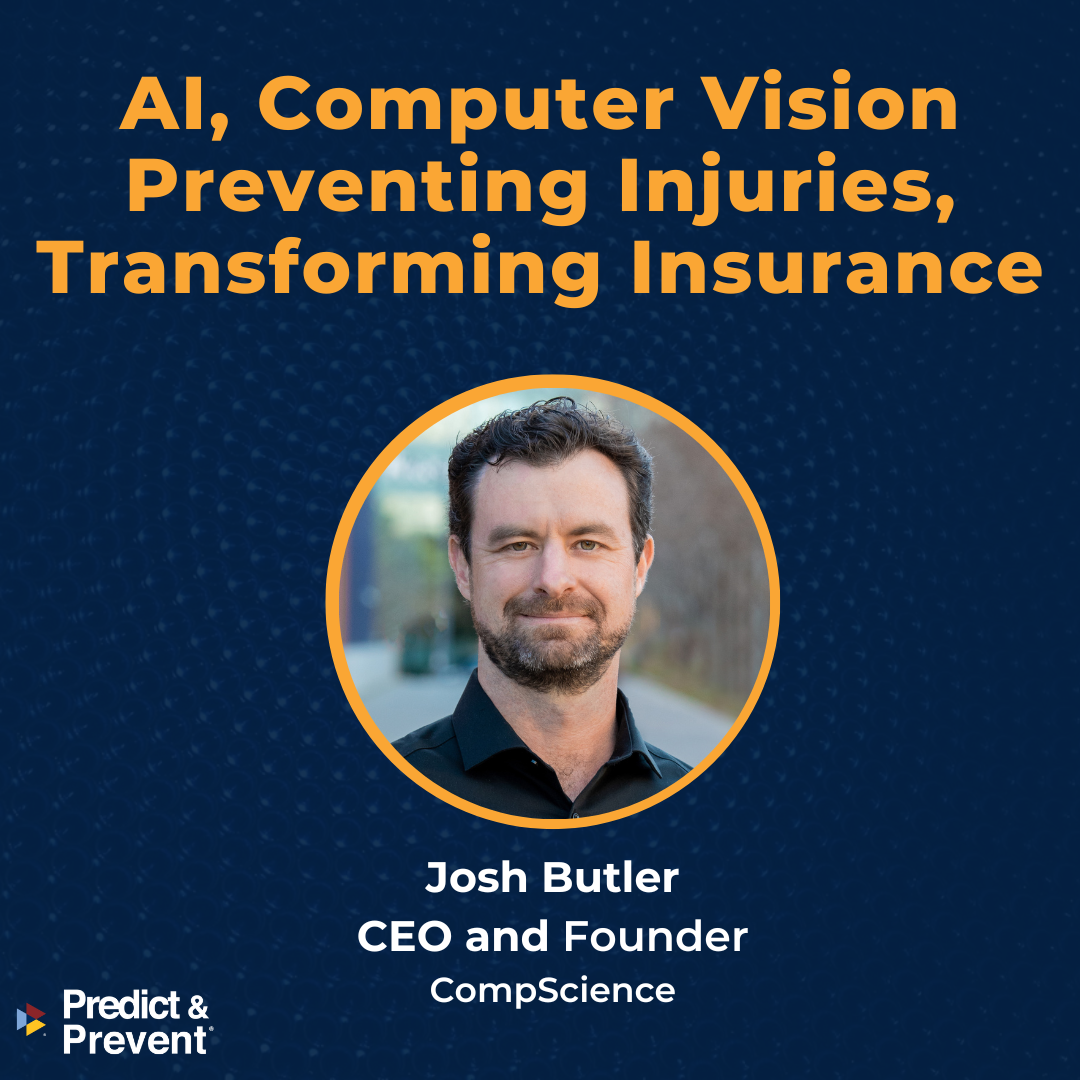How To Prevent Forklift Struck-by Injuries?
There are a number of measures that can be taken prevent struck-by injuries involving forklifts, some of which can be managed by computer vision and data science provided by CompScience:
- Proper training: Ensuring that forklift operators are properly trained and certified can help reduce the risk of struck-by injuries. This includes training on the proper operation of the forklift, as well as safety procedures such as how to load and unload materials safely.
- Visibility: Ensuring that forklift operators have good visibility can help prevent struck-by injuries. This can be achieved through the use of mirrors, cameras, and other visibility aids, as well as by keeping the work area clear of obstacles. Line of sight issues can be detected by computer vision.
- Speed limits: Setting and enforcing speed limits for forklifts can help reduce the risk of struck-by injuries. Speed issues can be detected by computer vision.
- Traffic control: Implementing traffic control measures, such as designated pedestrian walkways and the use of traffic cones or barriers, can help prevent forklifts from coming into contact with pedestrians. Traffic control issues can be detected by computer vision.
- Vehicle maintenance: Regularly maintaining forklifts and ensuring that they are in good working order can help prevent struck-by injuries caused by equipment failure.
Overall, a combination of proper training, visibility measures, speed limits, traffic control, and vehicle maintenance can help prevent struck-by injuries involving forklifts.






